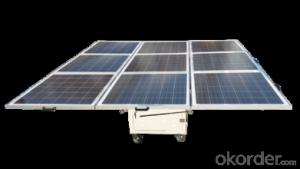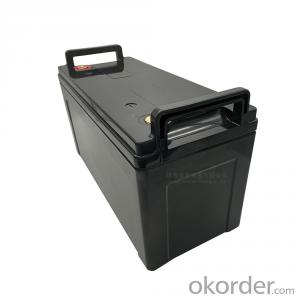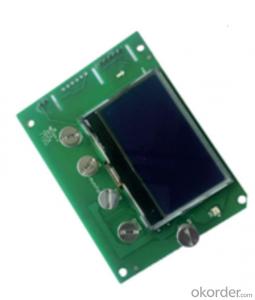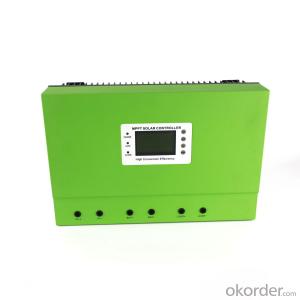Mpp Solar 48v Inverter
Mpp Solar 48v Inverter Related Searches
Mpp Solar Inverter 48v Mppt Solar Inverter 48v Mpp Solar Power Inverter Mpp Solar Inverter Mpp Solar Inverter 12v Mpp Solar Hybrid Inverter Mpp Solar Charger Inverter Mpp Solar Inverter Charger 5kva/48v Mppt Solar Inverter Mpp Solar Inverter Price 48v Solar Inverter Mppt Solar Power Inverter 48 Volt Solar Inverter Mppt Solar Inverter Mppt Solar Inverter 24v Mppt Solar Pump Inverter 24v Mppt Solar Inverter 48v Hybrid Solar Inverter Mppt Inverter Solar 24 Volt Mppt Solar Inverter 12v Mppt Solar Inverter Mpp Solar Inverter Manual Solar Hybrid Inverter 48v Microtek Mppt Solar Inverter Mppt Solar Hybrid Inverter Mppt Hybrid Solar Inverter Hybrid Solar Inverter 48v Mpp Solar Inverter Problems Mpp Solar Inverter 3kva 2400w China Mppt Solar InverterMpp Solar 48v Inverter Supplier & Manufacturer from China
Mpp Solar 48v Inverter is a high-quality product designed for efficient power conversion in various solar energy systems. It is engineered to convert the direct current (DC) generated by solar panels into alternating current (AC), which can be utilized by standard electrical appliances. This inverter plays a crucial role in ensuring the smooth operation of solar power systems, making it an essential component for those looking to harness renewable energy.The Mpp Solar 48v Inverter finds its application in a wide range of scenarios, including residential, commercial, and industrial settings. It is particularly useful for powering homes, businesses, and even remote locations where access to traditional power sources may be limited. This versatile inverter is capable of handling different types of electrical loads, making it suitable for a variety of applications, from lighting and refrigeration to more complex systems requiring a stable power supply.
Okorder.com is a reputable wholesale supplier of Mpp Solar 48v Inverter, boasting a large inventory to cater to the diverse needs of customers worldwide. By offering this product at competitive prices and ensuring prompt delivery, Okorder.com has established itself as a reliable source for those seeking to invest in solar energy solutions. With their extensive stock and commitment to customer satisfaction, Okorder.com is the go-to platform for anyone looking to purchase Mpp Solar 48v Inverter for their solar power projects.
Hot Products












































